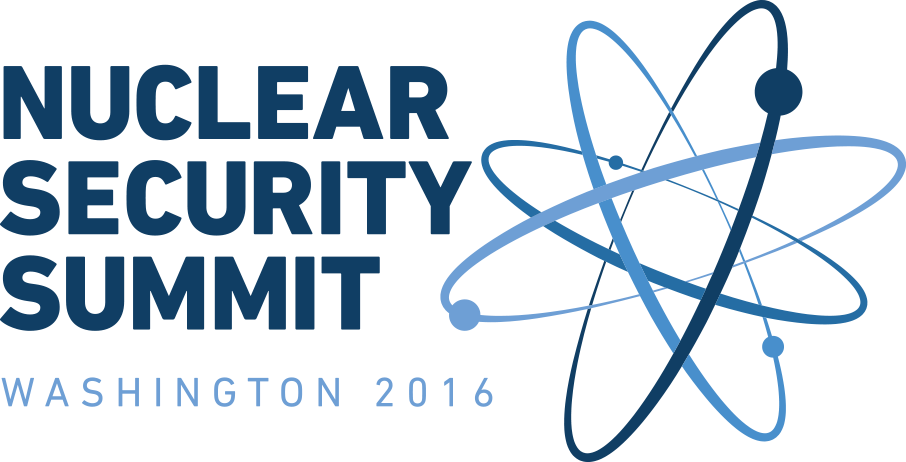Fact Sheet: Joint Statement on Maritime Supply Chain Security
/THE WHITE HOUSE
Office of the Press Secretary
___________________________________________________________
For Immediate Release
FACT SHEET
Securing the Maritime Supply Chain
Countering the threat of illicit trafficking of nuclear and radiological material requires coordination across agencies a multi-layered defense that includes detection systems at seaports around the world. In the 2014 Nuclear Security Summit Joint Statement on Enhancing the Security of the Maritime Supply Chain, participating Summit countries committed to enhance measures to permanently remove nuclear and radiological materials that are out of regulatory control from the global maritime supply chain. Signatory countries followed up on that statement by developing a set of best practices and recommendations, released at the 2016 Nuclear Security Summit, which will guide next steps on developing solutions to this important task.
The United States is taking a number of actions to strengthen the security of the maritime supply chain, both domestically and internationally. Specifically, the United States has equipped its own seaports and 45 seaports around the world with radiation detection systems, taking into account risk-based and layered approaches to enhancing security, while also enabling the flow of goods through the global supply chain. These systems were installed in close cooperation with Customs officials, Port Authorities, and local port operators. The United States also provides technical support to international partners working to build and sustain their indigenous detection capacities. Through implementation of the International Ship and Port Facility Code, the United States assesses the effectiveness of access control, cargo control and facility monitoring measures in foreign ports on a biennial basis.
In addition, the United States has deployed personnel to 60 seaports worldwide to work hand-in-hand with host nations to identify and inspect suspect shipments. The United States has also benefited from public-private partnerships with key industry stakeholders under which shippers voluntarily add security measures to their existing transport process.

